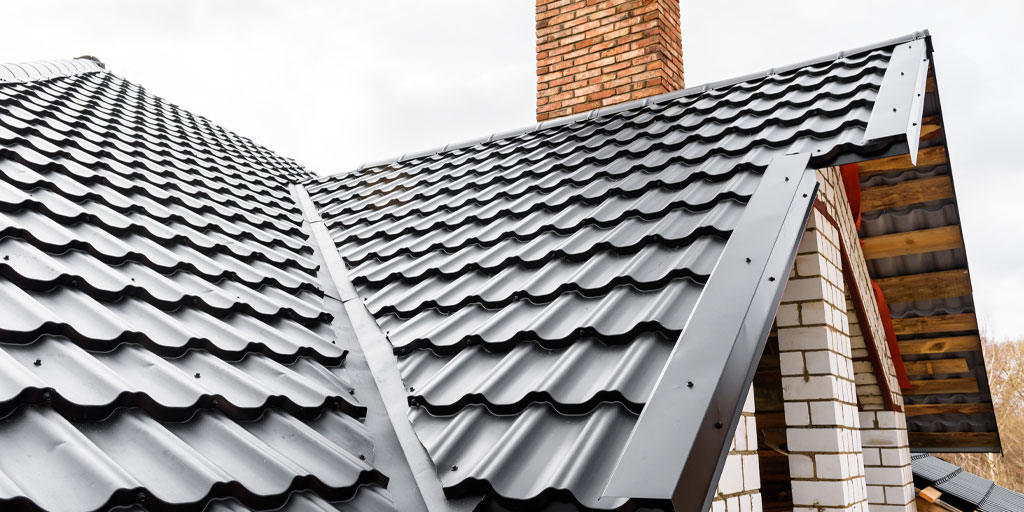Fire Resistant Roofing Products

The pictures and video coming out of Australia are sobering. Uncontrolled wildfires are wreaking havoc resulting in major damage and loss of life. This scene is all too familiar. Each year the news is filled with heartbreaking footage of fire’s horrific nature. From California to the Carolina’s, fire is an equal opportunity annihilator determined to leave a path of destruction in its wake. You do not need to live in a traditionally wild-fire prone area to be concerned. Fires from lightning strikes, electrical shorts, candles, etc. are all capable of reducing your home and treasured belongings to ashes within minutes. Smoke detectors are an important tool to warn us of existing fire danger but are there proactive steps we can take to protect our homes beforehand? The answer is yes! Your homes roof is one of the most vulnerable areas to fire and once it is compromised, the damage is difficult to contain. The type of roof you choose is the first step in safeguarding your home. Using fire-resistant roofing products can help protect your home and most importantly, your loved ones.
Fire-Resistant Ratings
As previously mentioned, the atrocities of recent wildfires have increased our awareness of keeping our homes safe. Choosing the right materials when installing a roof is a key factor to increase fire-resistance. Did you know materials are given a rating? They are tested and then rated for how they respond to fire testing and are then put into three classes based on their performance.
Class A
The highest rating is Class A. Class A materials offer the best protection and are highly recommended if you live in a dry climate prone to wildfires. This rating indicates the roof can withstand severe exposure to fire that originated from a source outside the building. Fire would be unable to penetrate the roofing assembly to the attic. Class A rated roofs include metal roofs, slate, tiled roofs (concrete or clay), fiberglass asphalt composition and shingles.
Class B
Class B is the second-highest rating. Materials in this class are combustible but they are treated with fire-retardant chemicals and can withstand moderate exposure to fire. Pressure-treated shakes and shingles present the majority of materials that fall into this category.
Class C
Class C covers the lowest ranking materials and is prone to major damage. Understanding the difference between the 3 class rankings and their materials is important and should be discussed with an experienced roofer prior to installation. The most common types of Class C rated roofs include untreated wood shakes and shingles, particleboard and plywood.
Know Your Roofing Options
Knowing what type of roof is best for your home is something not to be taken lightly. Having adequate fire protection along with a style that will fit your home’s aesthetic and budget is something that should be discussed with a knowledgeable roofing contractor. For example, some materials such as slate are very expensive to install. Certain architectural guidelines are necessary due to their weight. Additionally, they have a certain style that may not be conducive to every home. In some cases, a metal or shingle roof would make the most sense. Many areas do not allow Class B or C rated roofs to be installed. In any case, having a roof with Class A materials will increase your home’s value and likely reduce insurance costs.
Fire-resistant roofing products are essential to protecting your home. Attempting to understand Class ratings, benefits and cost can be overwhelming. The friendly, knowledgeable staff at Freeman Roofing has decades of experience. We are happy to assist you in making an educated decision that will best meet your home’s needs. Call us today for a free, no-obligation quote.
